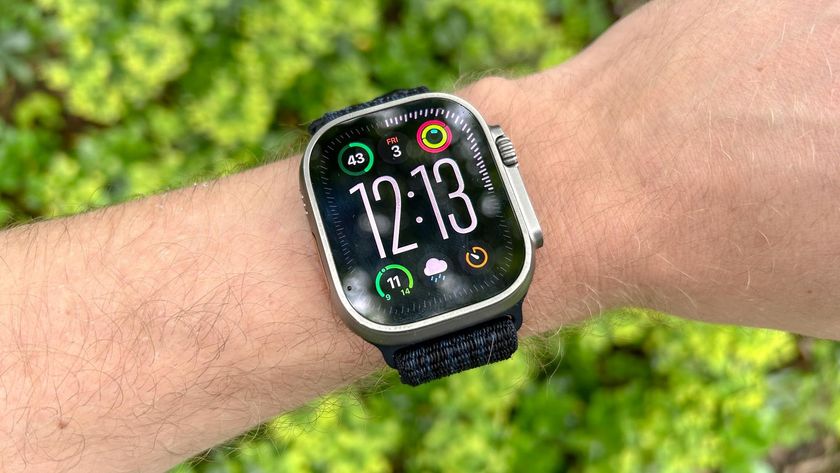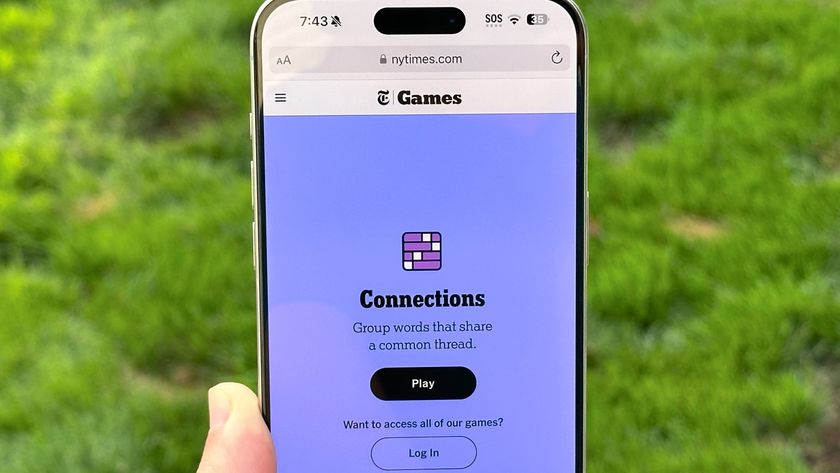Microsoft Sets the PC Specs for Its Mixed Reality Headsets
It sounds like you won't need a very powerful machine to use the Windows 10 headsets Microsoft is developing with several different hardware partners.
When Microsoft took the wraps off the Windows 10 Creators Update in October, the company stressed that mixed reality — a platform that blends virtual reality with the physical world — would be a big part of Windows going forward. In China today (Dec. 8), Microsoft showed just how big, announcing specs for Windows 10 headsets that don't make the kind of hardware demands you've come to expect from VR gear.

Of course, that's been the point ever since Microsoft said it was working with the likes of HP, Dell, Lenovo, Asus and Acer to create $299 VR headsets, which cost a sliver what you spend on an Oculus Rift or HTC Vive. And based on the specs Microsoft unveiled during its Windows Hardware Engineering Conference in Shenzen, China, the PC requirements for Windows 10 VR headsets won't be nearly as lofty either.
MORE: Best VR Headsets
Specifically, you'll need at least an Intel Mobile Core i5 CPU that's dual-core hyperthreading. The GPU will need to be DirectX 12-capable and equivalent to an integrated Intel HD Graphics 620. Other requirements include 8GB of RAM in dual-channel mode, 100GB of disk space (with SSD preferred), a USB 3.0 Type-A or USB 3.1 Type-C port and Bluetooth 4.0. HDMI requirements are either HDMI 1.4 with 2880 x 1440@60Hz or HDMI 2.0 or DP 1.3+ with 2880 x 1440 @90Hz.
In other words, you won't necessarily need a high-end PC to take advantage of the VR headsets Microsoft is developing with its hardware partners.
Add another of those partners to the mix. Microsoft says China-based 3Glasses is going to add Windows 10 support to one of its head-mounted devices sometime in the first half of 2017. (In fact, Microsoft is making quite the mixed reality push in China, as it's submitted its HoloLens augmented reality headset for government approval in that country. It expects that HoloLens will be available to Chinese developers and consumers during the first half of next year.)
In just a few months, we'll get an even clearer look at Microsoft's VR plans. It's going to make developer kits for head-mounted displays available at the upcoming Game Developers Conference. That event kicks off February 27, 2017, in San Francisco.

Microsoft developed the VR headset specs with the help of Intel as part of a joint effort to push PCs forward. Dubbed Project Evo, the Microsoft-Intel partnership looks to push the companies' hardware and software innovations into new devices. That includes improving mixed reality experiences, but Microsoft and Intel are also promising far-field speech communications that will let you talk to Cortana from across a room, improved security capabilities such as biometric authentication with Windows Hello, and innovations like 4K displays with HDR and wide color gamut that should appeal to the gaming world.
- Microsoft HoloLens: Everything We Know So Far
- Oculus Rift vs. HTC Vive: The Vive Is Better (for Now)
- Best VR-Ready Gaming PCs
Sign up to get the BEST of Tom's Guide direct to your inbox.
Get instant access to breaking news, the hottest reviews, great deals and helpful tips.
Philip Michaels is a Managing Editor at Tom's Guide. He's been covering personal technology since 1999 and was in the building when Steve Jobs showed off the iPhone for the first time. He's been evaluating smartphones since that first iPhone debuted in 2007, and he's been following phone carriers and smartphone plans since 2015. He has strong opinions about Apple, the Oakland Athletics, old movies and proper butchery techniques. Follow him at @PhilipMichaels.

















